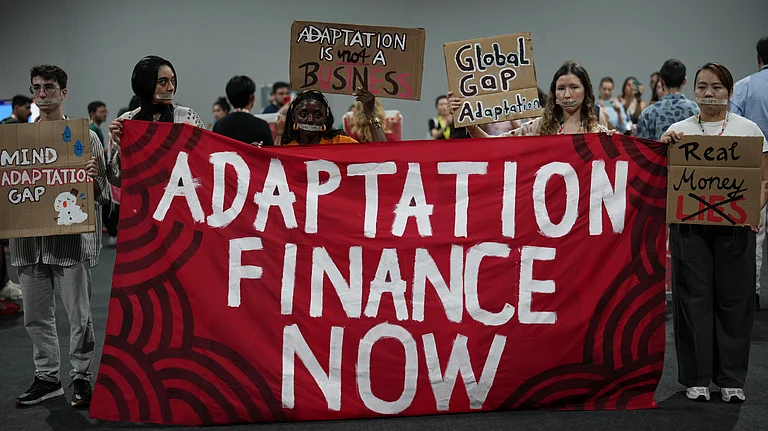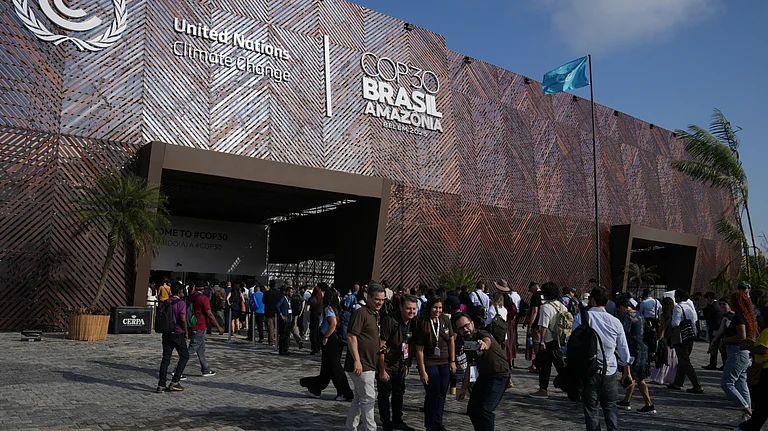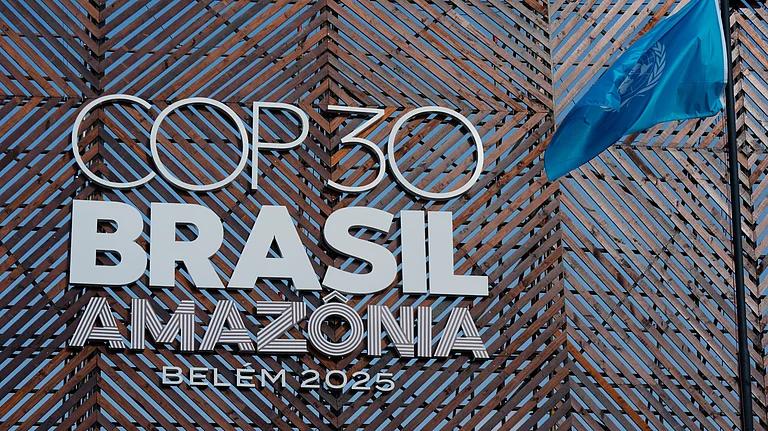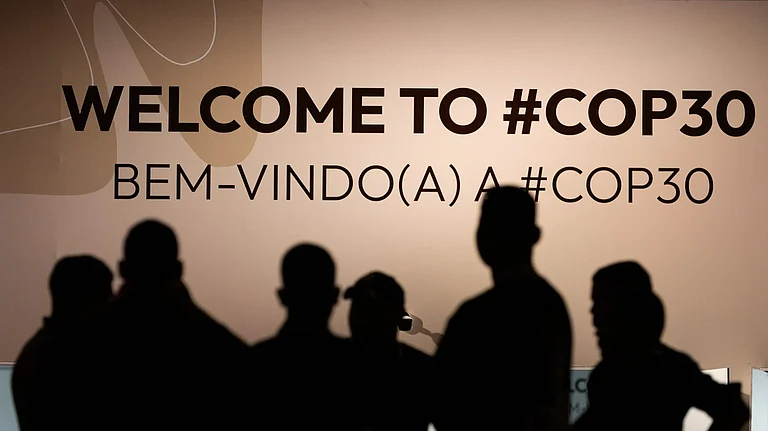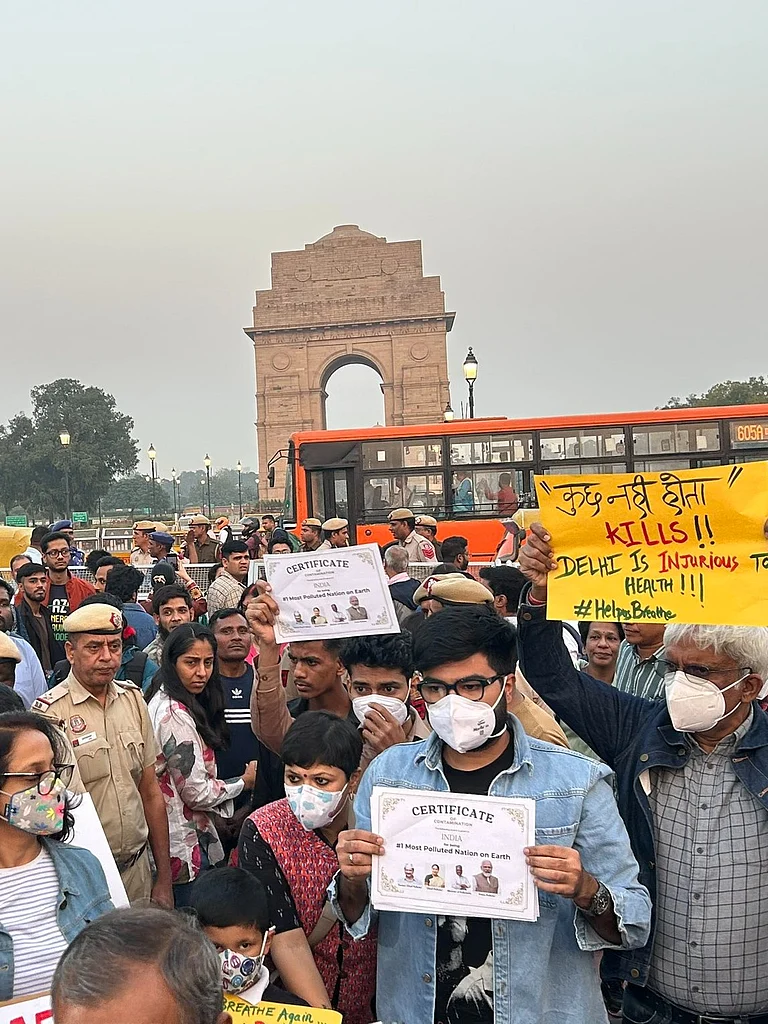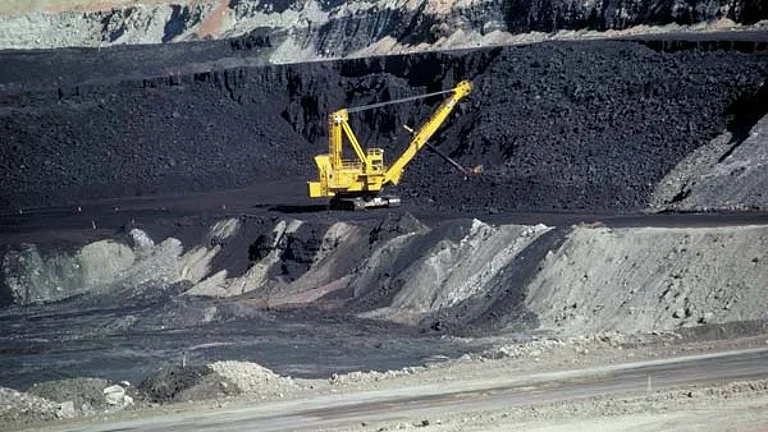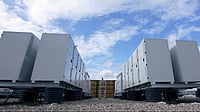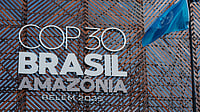
Munduruku protesters block COP30 entry demanding land protection and climate action urgency.
Centuries-long conflicts persist as illegal mining, logging and oil exploration intensify.
Government climate pledges undermine credibility amid destructive development and weak safeguards.
Around 90 Indigenous protesters from the Munduruku indigenous group staged a protest on November 14 by blocking the entry into the Blue Zone, an entry to the main venue for COP30, to demand progress on climate change, protection of Indigenous lands and halt to destructive projects in the Amazon rainforest.
As reported by The Guardian, the protesters intended to speak to Luiz Inácio Lula da Silva, President of Brazil, to explain their grievances but were prevented from doing so. Instead, they were able to meet COP President André Corrêa do Lago, who spent more than an hour listening to their concerns.
This was not the first time that indigenous groups demonstrated at the climate summit. On November 12, a smaller group of indigenous activists forced their way into the event by breaching security barriers at the conference venue, leading to scuffles with security personnel. So, why are activists seeking to protect the environment disrupting the world's largest climate conference?
A History of Conflict
The Munduruku people have a long history of defending their land, the Munduruku Indigenous Territory in the state of Pará, against environmental degradation. Historically, they have faced numerous challenges from both Brazilian authorities and external corporations that seek to exploit the Amazon’s resources. The Munduruku are one of the many Indigenous groups that have lived in the Amazon for centuries, and they have long acted as stewards of the forest, protecting it from deforestation, illegal logging, and mining operations. According to the Munduruku Ipereg Ayu Movement, the community's motto is "Our forest is not for sale." They believe that the survival of the Amazon is tied to their survival and that the future of the planet is at stake if the destruction continues.
A significant source of tension between the Munduruku and the Brazilian government has been the encroachment of timber industries and illegal mining operations into their territory. Deforestation for timber and mineral extraction has been a constant source of conflict, particularly with illegal gold mining operations that poison rivers and displace entire communities.
The 2.4-million-hectare (5.9-million-acre) Munduruku Indigenous Territory, home to 6,500 people, is one of the lands that has been hardest hit by illegal mining in the country. During Bolsonaro’s administration, there was a 363% increase in the area degraded by mining which brought diseases, mercury contamination, attacks and deaths to communities.
Illegal miners are made up of criminal groups, businesspeople and Indigenous people looking to increase their income, combat food insecurity or just get rich quickly.
“The presence of these invaders has contributed greatly to the spread of diseases such as malaria, diarrhea, itchy skin and addictions brought by these new colonisers,” Haroldo Pinto do Espírito Santo, a coordinator of Brazil’s Missionary Council for Indigenous Peoples (CIMI), told Mongabay.
According to a 2022 study published in the journal Nature, deforestation in the Amazon has reached alarming levels with the forest showing signs of irreversible damage, including its inability to recover from droughts. The Amazon rainforest is globally important because it regulates the Earth's climate by storing approximately 150 to 200 billion tons of carbon. It is also an irreplaceable biodiversity hotspot, home to at least 10% of all known species on Earth and a vital source of potential new medicines. The Nature article warned that if the Amazon reaches its tipping point, it could transform into a dry savanna, releasing enormous amounts of stored carbon and exacerbating global warming.
A New Challenge
While illegal mining and logging have always been a threat to the survival of the rainforest, oil exploration has emerged as a new challenge. In October 2025, Brazil’s environmental agency Ibama granted Petrobras, the state oil company, permission to begin exploratory drilling off the coast of the Amazon. This decision raised alarm among environmental groups, who fear that any oil spills could contaminate the Amazon River through ocean currents. According to BBC News, the block that Petrobras plans to drill in is located just 500 kilometers from the mouth of the Amazon River, putting both marine and terrestrial ecosystems at risk.
Along with other indigenous groups, the Munduruku demonstrators have urged the international community and COP30 negotiators to acknowledge the significance of demarcating and protecting indigenous territories as a crucial tactic in the fight against climate change. They contend that the health of the forest and the climate depend on these areas being shielded from industrial exploitation.
Government Promises and Mandates
When President Lula was elected in 2023, he promised to make climate protection a priority and said that he would end deforestation in the Amazon by 2030. Lula also promised to halt illegal deforestation and support sustainable development, but critics argue that these promises have yet to manifest into concrete action on the ground. A recent New York Times article revealed that while Lula has committed to reducing deforestation, he has approved infrastructure development, including construction of highways and hydroelectric dams, undermining those commitments.
The Munduruku have expressed their frustration with these promises, which they see as insufficient. They are calling for clearer demarcation of indigenous territories and for stronger legal protections against the encroachment of agribusiness and the revocation of infrastructure projects. “We refuse to be sacrificed for agribusiness,” the Munduruku Ipereg Ayu Movement was quoted as saying by The Indian Express.
The environmental impact of new projects in the Amazon is already being felt. For example, the construction of the four-lane, 13.2 kilometers long Avenida Liberdade highway near Belem—the site of the climate conference—has led to significant deforestation. According to The Guardian, the highway has cut through critical ecosystems, harming local wildlife and indigenous communities that depend on the forest for their livelihoods. This project, along with other development initiatives, has raised questions about the credibility of Brazil’s climate promises, especially at a conference like COP30 that claims to prioritise the protection of the environment.
The protests at COP30 highlight the growing disconnect between the government’s climate rhetoric and the ground reality. Indigenous community activists like Amanda Pankará of the Pankará people have underscored that more representation is needed in climate discussions. They point out that indigenous peoples are crucial to protecting the environment, yet their voices are often excluded from decision-making processes.









